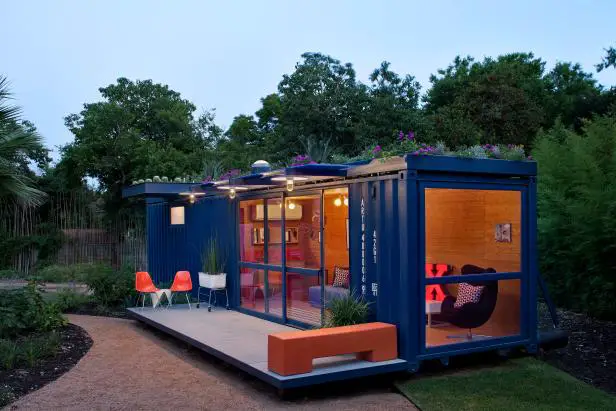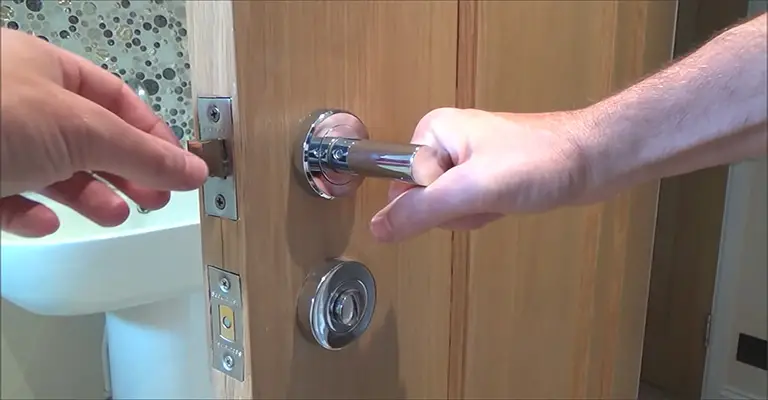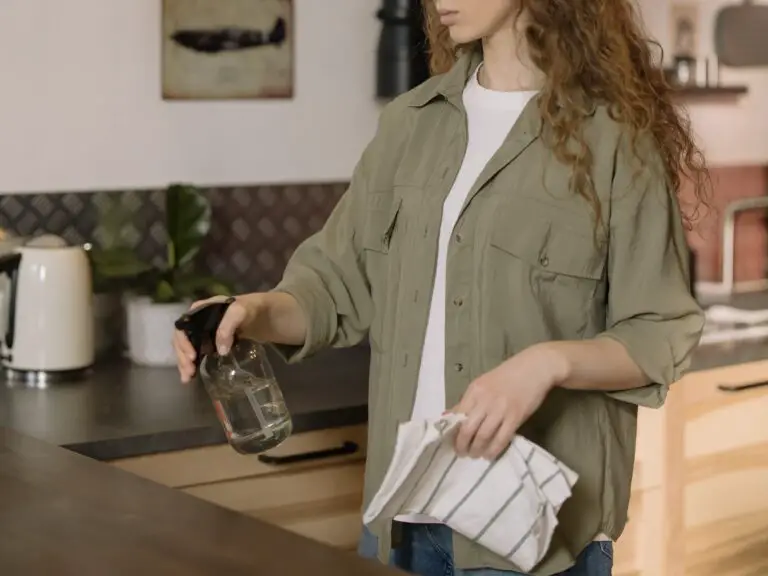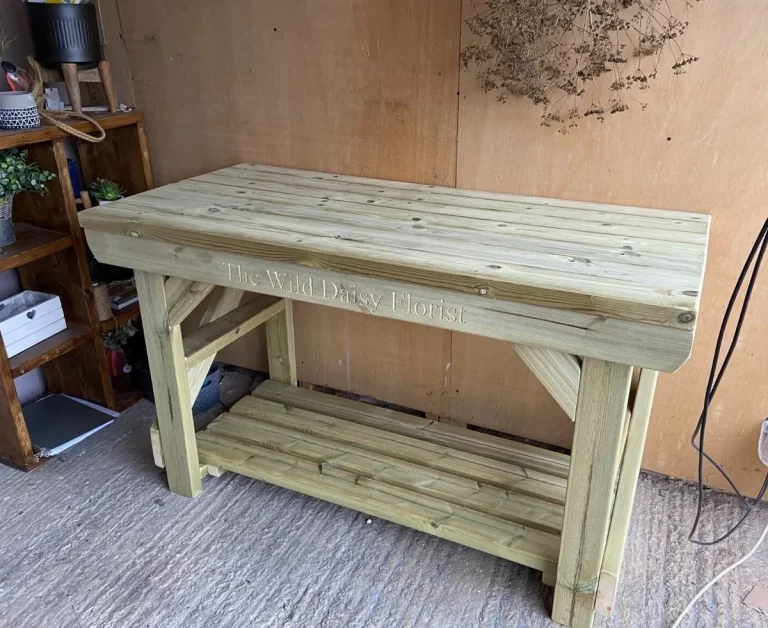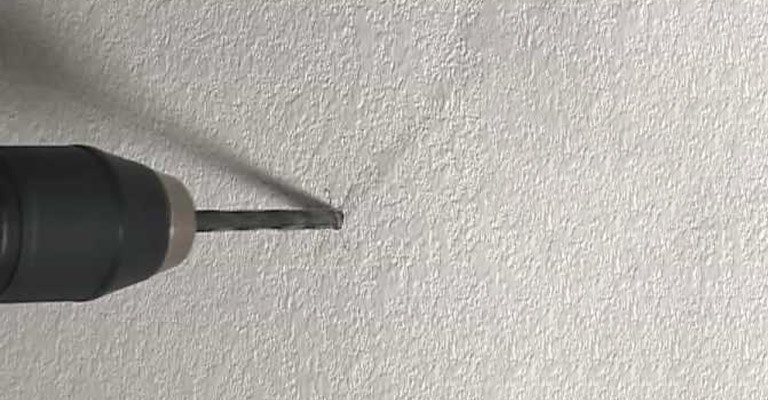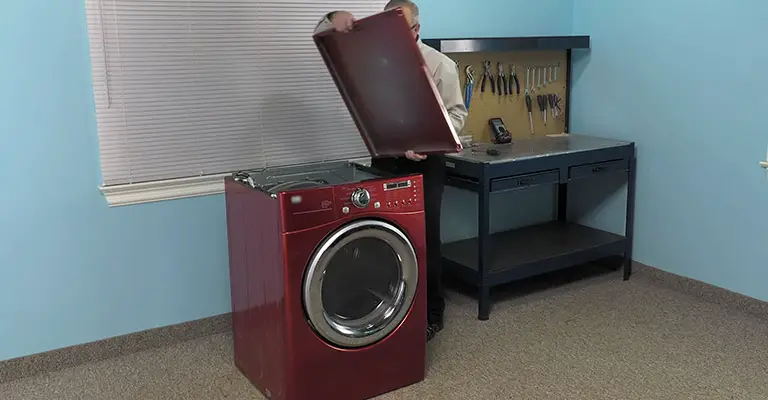The Art of the DIY Patio: Your Guide to Creating a Backyard Oasis
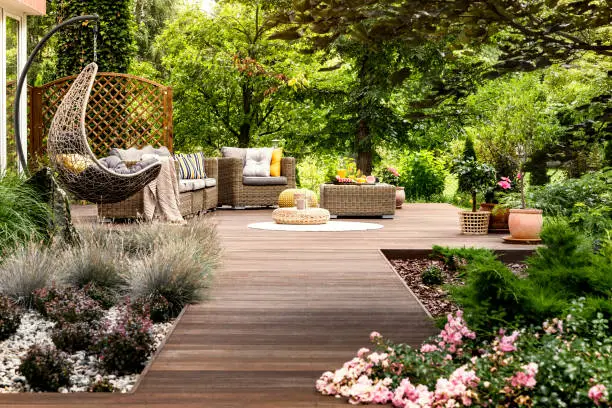
The outdoor living space of our homes is a cherished spot, a sanctuary where we unwind, entertain guests, and revel in nature’s magnificence. One remarkable feature of any outdoor space is a well-designed patio. This article provides a comprehensive guide to help you create your DIY patio, ensuring that every weekend spent in your backyard is a mini vacation.
When you think about home improvement, patios may not be the first project that comes to mind, but they should be. Not only do they enhance your outdoor living space, but they can also increase the value of your property. Fortunately, a DIY patio is an achievable project that can transform your backyard into your personal oasis.
1. Plan Your Patio: Space and Design
Begin by visualizing your DIY patio. How much space do you have available? What shape would you like your patio to be? A rectangular or square patio is the easiest to construct, but other shapes like circular or irregular can add an artistic touch. The space you have and your personal preference will determine the design.
2. Choose the Right Materials
Selecting the right materials is crucial for your DIY patio. The most common options include concrete, pavers, bricks, and natural stone. Each material has its pros and cons. Pavers are affordable and come in various shapes and sizes. Natural stones, on the other hand, can give your patio a luxurious look but can be costly. Choose a material that suits your style, budget, and local weather conditions.
3. Preparing the Ground
Proper ground preparation is key to a long-lasting patio. Begin by marking the area with landscaping paint or stakes and string. Then, dig about 6-8 inches deep, depending on your chosen material. Remember to slope the excavation slightly away from your home for proper drainage.
4. Lay the Foundation
Next, lay the foundation, starting with a layer of landscape fabric to deter weeds. Then add a layer of gravel, and compact it with a tamper for stability. Finally, add a layer of sand for pavers, or a layer of concrete if you’re going for a solid surface. Make sure it’s level!
5. Install Your Patio Material
Now it’s time to lay your chosen material. If you’re using pavers, start from one corner and work your way across, ensuring each paver is level. For a concrete patio, pour the mix into your defined area, smooth it out, and let it cure.
6. Add the Finishing Touches
After installing your patio surface, consider finishing touches. These might include patio furniture, outdoor lighting, a fire pit, or even an outdoor kitchen. Plants can also add a splash of color and life to your patio.
7. Enjoy Your DIY Patio
Finally, take a moment to step back and admire your hard work. With your DIY patio complete, your backyard has transformed into a space for relaxation, entertainment, and enjoyment.
8. Maintenance Matters
Once you’ve successfully created your DIY patio, maintaining it properly will ensure its longevity. This might involve regular sweeping, the occasional wash, and periodic sealing, depending on your patio material. Concrete patios, for instance, benefit from annual power washing and sealing to keep them looking their best. Paver patios might require some attention to the joints and a good wash now and then. Maintenance is a small price to pay for the continued enjoyment of your backyard retreat.
9. Safety First
When planning your DIY patio, always keep safety in mind. If you’re going to have a fire pit, make sure it’s safely distanced from any structures or flammable materials. If you’ve got children or pets, consider their safety as well when choosing materials and designing the layout. Remember, a safe patio is a happy patio.
10. Invest in Quality
While a DIY patio is a more cost-effective option than a professionally installed one, it doesn’t mean you should skimp on the quality of your materials. Investing in high-quality, durable materials ensures that your patio will stand the test of time and weather. After all, the goal is to create a space that you can enjoy for years to come.
11. Don’t Rush The Process
Lastly, remember that good things take time. A DIY patio is not a project that needs to be rushed. Take your time in planning, preparing, and constructing your patio. It’s better to spend a little extra time getting things right than rushing through and ending up with a less than ideal result.
Conclusion
Patio Pavers for Patio Installation
Constructing your new paver patio has never been more feasible or rewarding. Through the careful selection and arrangement of materials, like brick pavers or stone pavers, you can masterfully create a DIY backyard patio that mirrors the aesthetic of professionally built ones. Whether you’ve chosen the rustic charm of brick patio or the elegance of smooth stone, the sense of accomplishment from installing your own concrete pavers is unparalleled.
The right application of paver sand ensures a durable and level base, and a simple rinse with a garden hose can keep your backyard patio looking pristine. Coupled with the perfect choice of outdoor furniture, your patio can become an inviting outdoor living space, bringing friends and family together in comfort and style.
In conclusion, your dream of owning a picturesque backyard patio is just a DIY project away. Embrace this rewarding endeavor, and soon, you’ll be lounging in the comfort of your own paver patio, basking in the satisfaction of a job well done. Remember, the beauty of DIY is not just in the end product, but also in the journey of creation. So gear up, get started, and transform your outdoor space into your personal retreat.

